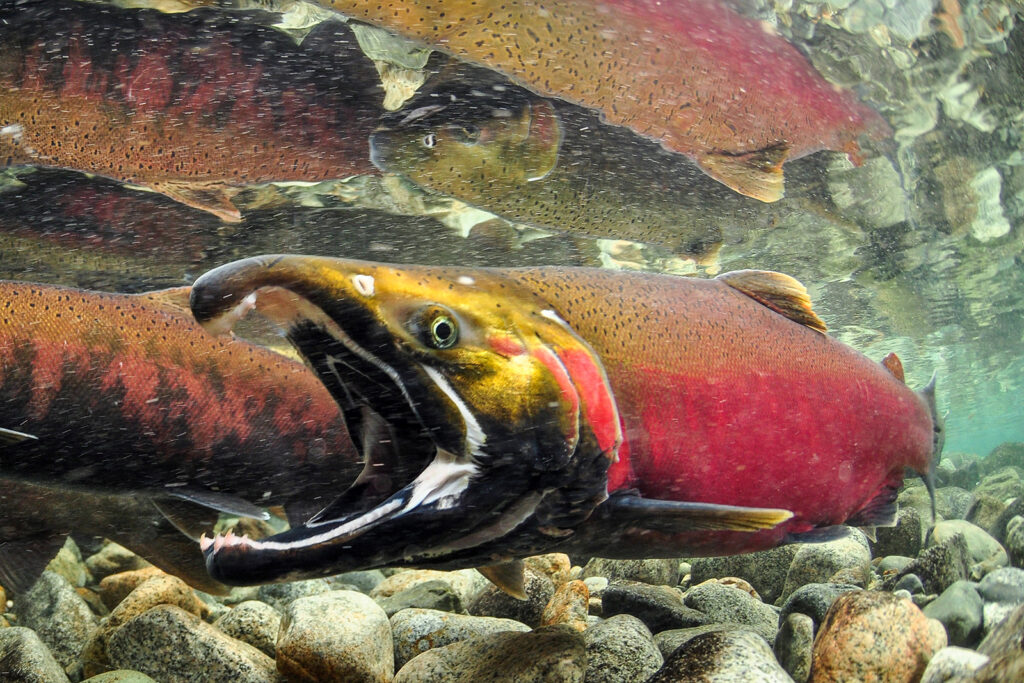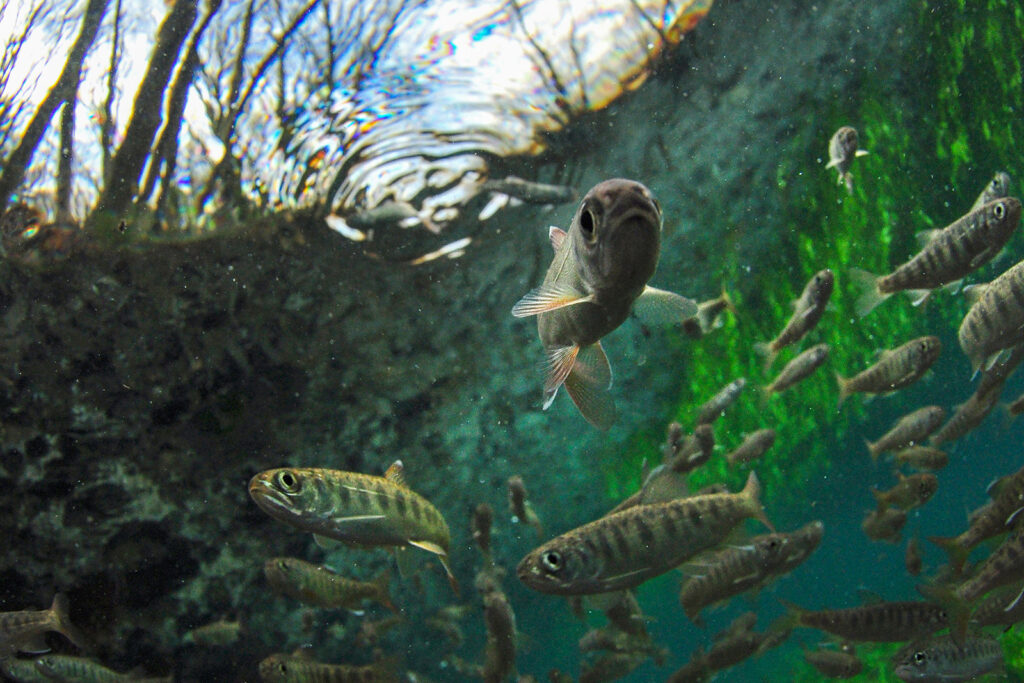Saving Wildlife Habitat
conserving more than land
When you help us conserve land, you conserve more than redwoods and stunning vistas — you conserve wildlife habitat! Every acre conserved means an acre of flora, fauna, and fungi protected forever. Conserved lands assure that mammals, birds, reptiles, insects, and other wildlife have places to feed, nest, hunt, mate, and live out their lives. By conserving large parcels, we can provide wildlife corridors that allow for safe travel and migration, leading to improved genetic diversity and healthier ecosystems.
Through our stewardship of conserved lands, MLT staff and volunteers work to improve habitat for native plants and animals. For example, MLT’s Navarro Point Preserve offers habitat for the endangered Behren’s silverspot butterfly. This species relies on undeveloped coastal terrace prairie and was once found all over California’s North Coast. Surveys in the late 1990s located only one remaining population near Point Arena. In recent years, captive breeding programs resulted in larvae that will be released at various locations, including Navarro Point Preserve. Our staff and volunteer stewards have been hard at work removing invasive thistles to ensure the success of the sole host plant for the Behren’s silverspot larvae (Viola adunca). Additionally, there are plans to plant native thistles in the area to provide nectar for hungry adult butterflies close to this prime egg-laying location.
Salmon habitat Enhancement

With a touch of reverence and awe, we can appreciate the struggle of the iconic salmon, returning to spawn and die in their natal streams and bring forth a new generation. While human beings did not set out to bring salmon to the brink of extinction, our actions have unintentionally done just that.
Dam-building, logging, roads, and other human development have caused severe impacts to salmon habitat. The coho salmon has become an endangered species. Where a single stream was once home to tens of thousands of individual fish, now only one or two hundred rugged coho return to spawn.

The Mendocino Land Trust is reversing historic human practices in an effort to restore coho salmon to sustainable numbers. By removing fish barriers such as dams and culverts, we open up miles of prime spawning habitat to adult fish. By removing abandoned legacy logging roads and restoring these areas to natural conditions, we improve the chances that fertilized salmon eggs will produce live fish. By installing large logs with massive roots into streams that lack such complex habitat, we ensure safe, slow water for adult fish to rest on their epic journey, and we create hiding places for young fish to avoid predators.
Read more about salmon habitat enhancement projects MLT has worked on.